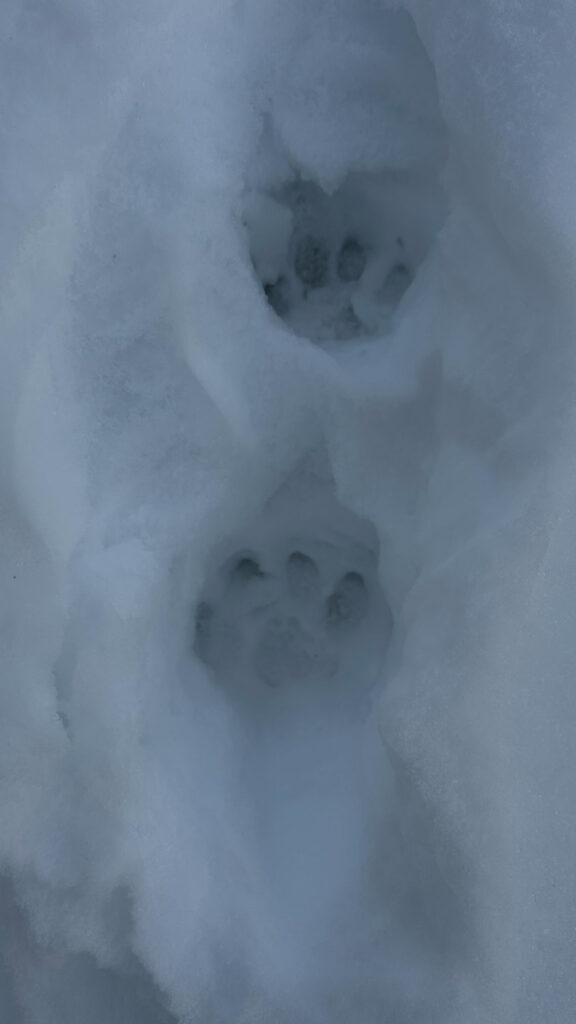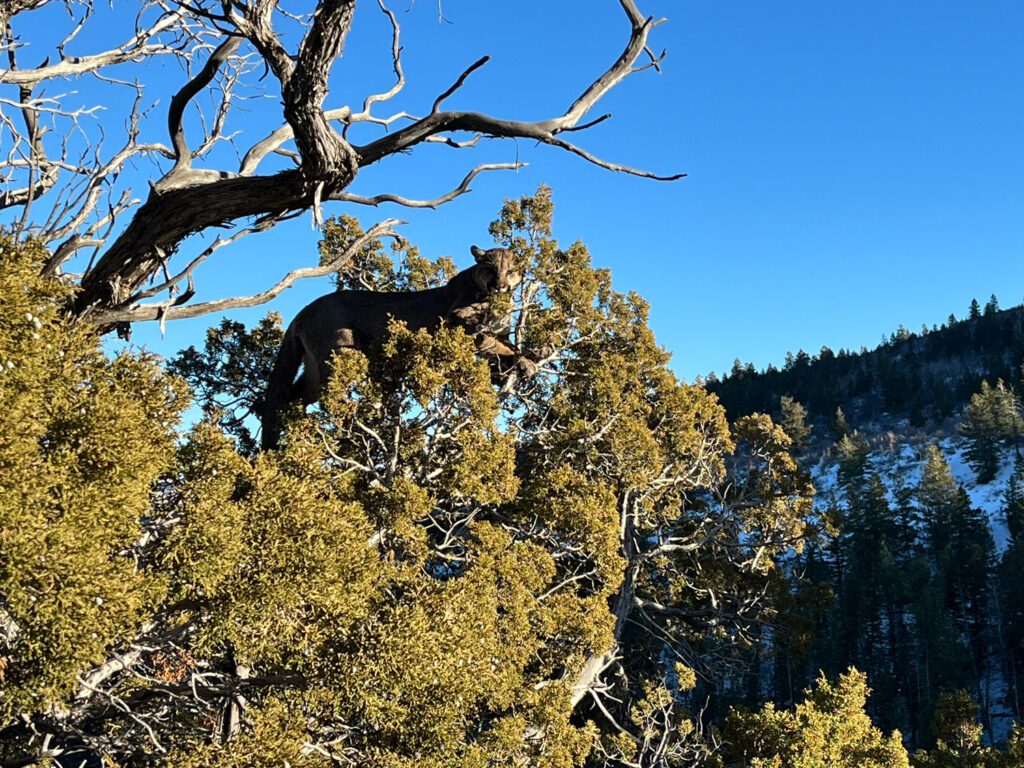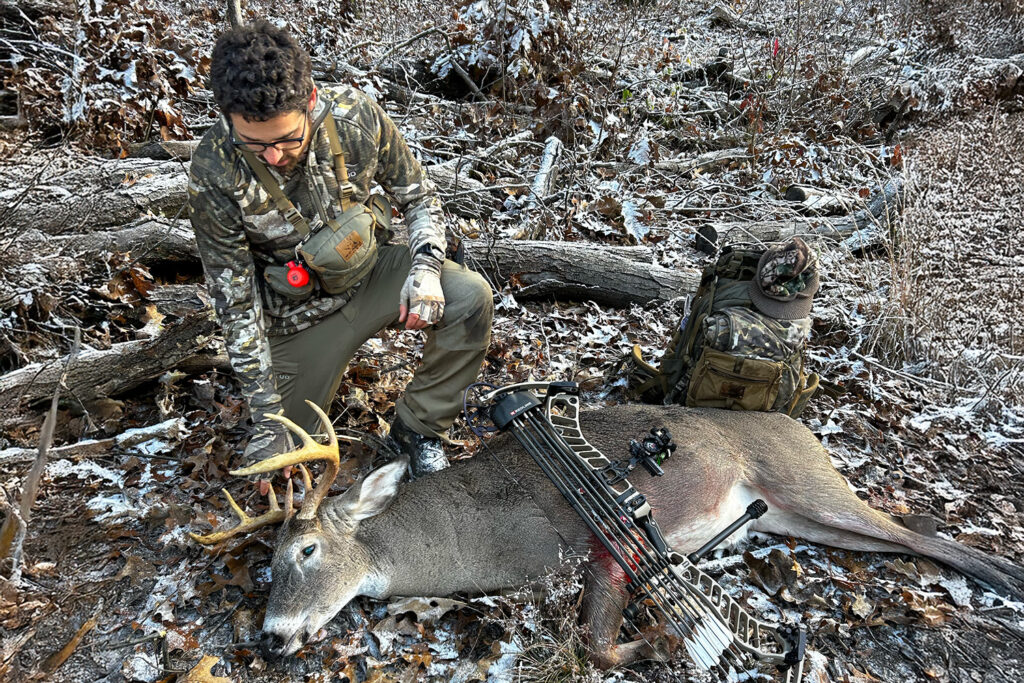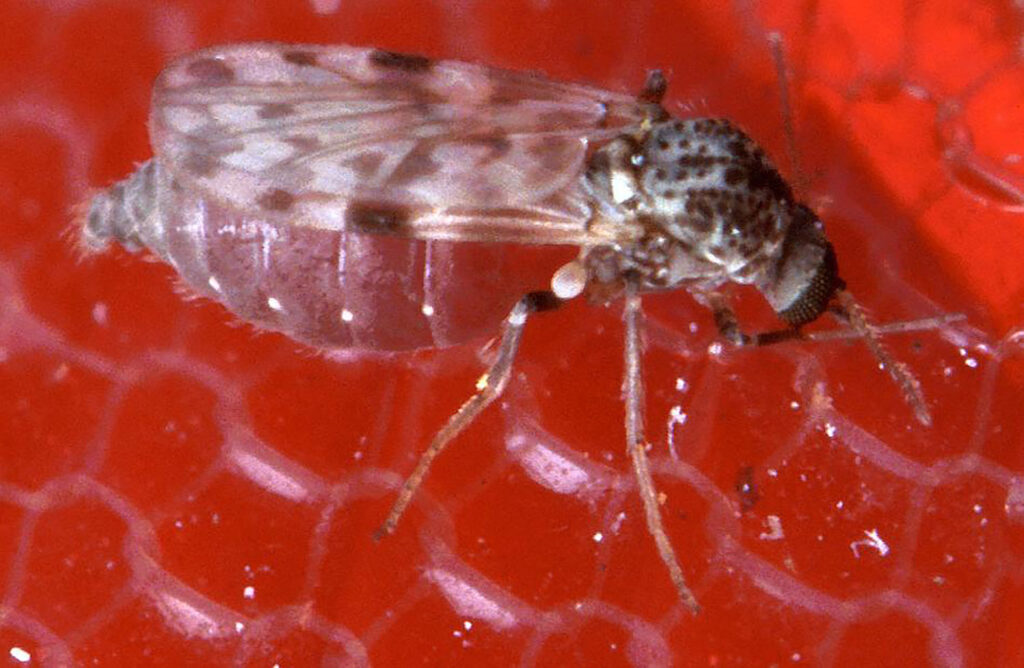The Detroit Lions aren’t the only lions making headlines in Michigan these days.
For decades, if you told the state you saw a cougar in Michigan, you’d get the same treatment as someone claiming they spotted Bigfoot. You were mistaken. You saw a big housecat. Maybe a golden retriever. Definitely not a mountain lion.
I grew up hearing these stories. A neighbor claimed to have seen one on the edge of our family lake when I was a kid. Around that same time, I found interesting tracks in my great-grandpa’s 80 acres along the lake. Cat prints the size of my hand, pressed deep into the mud. My 12-year-old imagination ran wild.
As of this month, the DNR has confirmed 21 cougar sightings in Michigan in 2025. That’s far more than any full year since they started counting. And here’s the kicker: Back in March, the DNR confirmed cougar cubs in Ontonagon County for the first time in over 100 years. The cats are officially out of the bag.
The cougar comeback is one of the most interesting conservation stories in Michigan. For over a century, the state insisted cougars were extinct here, wiped out in 1906 when the last one was shot near Newberry. Case closed. Nothing to see here.

Except people kept seeing them. Credible people. The state’s own biologists, even. In 1998, biologist Larry Robinson spotted one and asked his supervisors how to report it “without the media finding out.” In 1997, someone photographed a cougar in Alcona County so clearly that the Detroit Free Press ran it on the front page. That photo hung in a DNR office for years.
The excuses were endless. Escaped pets. Misidentified dogs. Overgrown housecats. The DNR told one woman who filmed cougars in southeastern Michigan that she’d filmed a common housecat. A video production company later proved that was impossible–unless housecats had suddenly grown to be 6 feet long.
Dennis Fijalkowski from the Michigan Wildlife Conservancy spent years documenting evidence that was ignored. DNA tests, tracks, scat, photos. All dismissed. Language was actually added to hunting regulations, saying that while cougars didn’t exist in Michigan, it would be illegal to shoot one if they did.
Everything changed in 2008 when the state opted to create a “cougar team” to investigate sightings. Suddenly, reports that would have been laughed off were being verified. Since then, they’ve verified over 80 sightings. For years, they clung to the narrative that these were all “transient males” wandering in from another state.

I’ve talked to several biologists and learned that male cougars can indeed travel incredible distances. Young males, in particular, looking for territory to claim as their own have been documented crossing multiple states. But the discovery of those cubs in March changed everything. You don’t get cubs without a female, and females don’t typically wander like males do. Those little spotted cubs proved what many suspected: Cougars aren’t just passing through anymore.
The first confirmed Lower Peninsula sighting was in Clinton County in 2017. Since then, they’ve shown up from the Thumb to the western counties. With 21 verified sightings already this year, plus breeding confirmation, it’s clear these cats are more than visitors.
I’m not saying we’ve got cougars behind every tree. But between the ongoing Upper Peninsula sightings, the growing number of sightings in the Lower Peninsula, and proof of breeding, it seems as though we’re witnessing a population establish itself in real time.
While everyone’s watching the Lions march toward the playoffs, Michigan’s other lions are quietly reclaiming their place in our woods. Both have been a long time coming.
James Zandstra is an experienced outdoorsman with a passion for the Mitten State. Follow his work on X @TheFairChase1.



